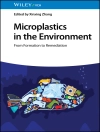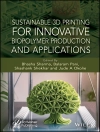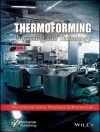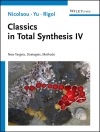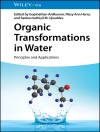A revised molecular approach to a classic on viscoelasticbehavior
Because viscoelasticity affects the properties, appearance, processing, and performance of polymers such as rubber, plastic, and adhesives, a proper utilization of such polymers requires aclear understanding of viscoelastic behavior.
Now in its third edition, Introduction to Polymer Viscoelasticityremains a classic in the literature of molecular viscoelasticity, bridging the gap between primers on polymer science and advancedresearch-level monographs. Assuming a molecular, rather than amechanical approach, the text provides a strong grounding in thefundamental concepts, detailed derivations, and particularattention to assumptions, simplifications, and limitations.
This Third Edition has been entirely revised and updated to reflectrecent developments in the field. New chapters include:
* Phenomenological Treatment of Viscoelasticity
* Viscoelastic Models
* Time-Temperature Correspondence
* Transitions and Relaxation in Polymers
* Elasticity of Rubbery Networks
* Dielectric and NMR Methods
With detailed explanations, corresponding equations, andexperimental methods, supported by real-life applications (as wellas the inclusion of a CD-ROM with data to support the exercises), this Third Edition provides today’s students and professionals withthe tools they need to create polymers with more desirablequalities than ever.
Tabella dei contenuti
1. Introduction.
2. Phenomenological treatment of viscoelasticity.
3. Viscoelastic models.
4. Time-temperature correspondence.
5. Transitions and relaxation in polymers.
6. Elasticity of rubbery networks.
7. Dielectric and NMR methods.
Circa l’autore
MONTGOMERY T. SHAW, Ph D, is the A. T. Di Benedetto Distinguished Professor at the University of Connecticut in Storrs-Mansfield, Connecticut.
WILLIAM J. Mac KNIGHT, Ph D, is the Wilmer D. Barrett Distinguished Professor at the University of Massachusetts Amherstand the co-Principal Investigator for the Center for UMass/Industry Research on Polymers (CUMIRP).



